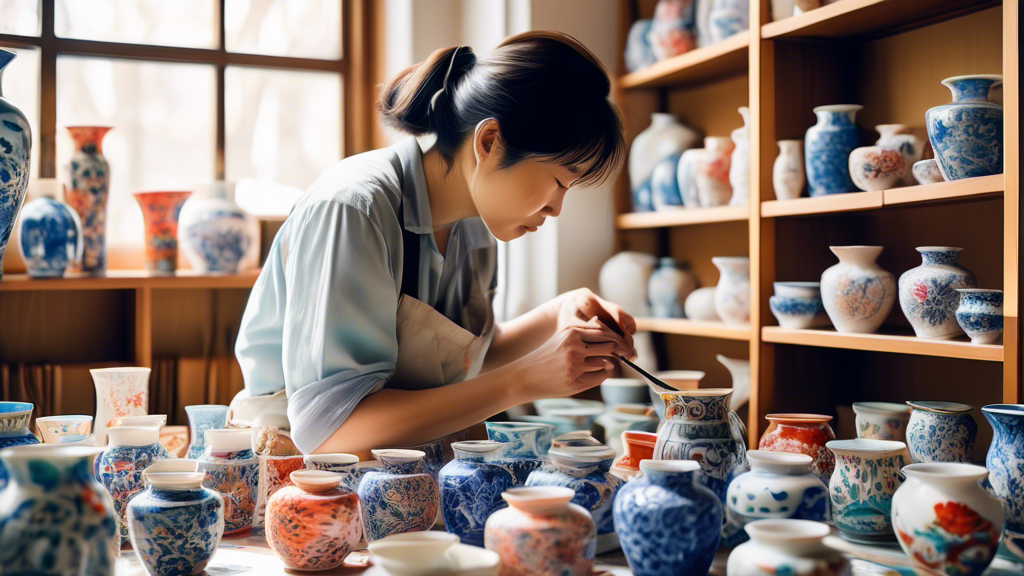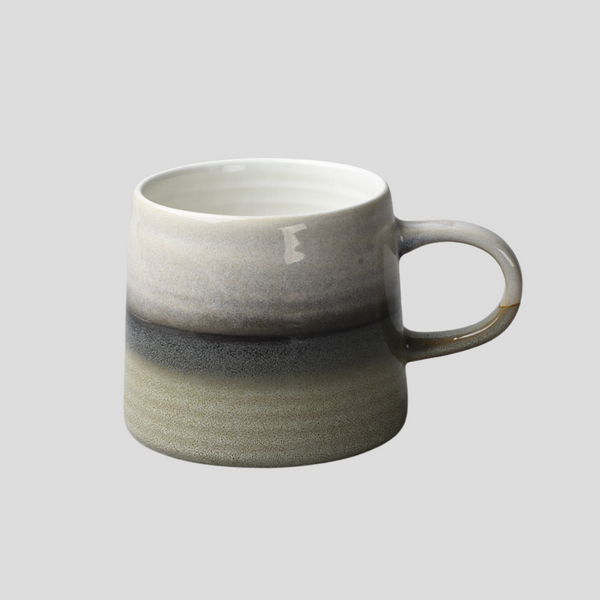
Exploring the Vibrant World of Brightly Coloured Japanese Porcelain
Exploring the Vibrant World of Brightly Coloured Japanese Porcelain
Japanese porcelain, with its rich history and mesmerizing beauty, has captivated the hearts of collectors and art lovers worldwide. This unique form of ceramic artistry not only reflects Japan's aesthetic sensibilities but also tells the story of its cultural evolution. From the delicate Imari ware to the rustic Bizen, Japanese porcelain offers a diverse range of styles for enthusiasts to explore.
A Brief History
The journey of porcelain in Japan began in the early 17th century, primarily in the Arita region of Saga Prefecture. The discovery of kaolin clay in Arita led to the production of the first porcelain in Japan. This event marked the birth of Arita porcelain, which later came to be known internationally as Imari porcelain because it was shipped to the rest of the world from the port of Imari. Over the centuries, Japanese porcelain has evolved, adopting various techniques and styles influenced by Chinese and Korean pottery, as well as incorporating unique Japanese elements.
Iconic Styles of Japanese Porcelain
Japanese porcelain is renowned for its wide range of styles, each with its characteristic features and historical background. Here are some of the most iconic styles that define the richness of Japanese porcelain:
- Imari Ware - Known for its bold colors, especially red and gold, used over a white background. Imari ware often features intricate designs depicting nature, landscapes, or scenes from literature.
- Kutani Ware - Recognizable by its vibrant use of colors, including greens, blues, purples, and reds, Kutani ware often portrays detailed and elaborate pictures of birds, flowers, and landscapes.
- Kakiemon - This style is celebrated for its refined elegance and the use of soft reds, blues, and greens on a milky white background. Kakiemon porcelain frequently showcases asymmetrical and naturalistic designs.
- Arita Ware - While Arita is a broad term, it often refers to the early porcelains produced in the Arita region. Arita ware varies greatly in style, but it is particularly famous for its blue and white porcelain.
- Seto Ware - As one of the oldest pottery centers in Japan, Seto ware includes both porcelain and pottery. It is known for its utilitarian yet beautiful pieces, including tea ware and tableware.
The Craftsmanship Behind Japanese Porcelain
The creation of Japanese porcelain is a meticulous process that demands high levels of skill and patience. Artisans go through numerous steps, from sourcing and preparing the right kind of clay to intricately painting designs by hand and finally, firing the pieces at high temperatures. The glazing process, in particular, is crucial in determining the final appearance and quality of the porcelain. This dedication to craftsmanship ensures that each piece of Japanese porcelain is not only a work of art but also a representation of centuries-old traditions.
Collecting Japanese Porcelain
Collecting Japanese porcelain can be a deeply rewarding hobby. Whether you are attracted to a specific period, style, or artisan, each piece tells a story and holds a piece of history. However, as with collecting any form of fine art, it's important to do your research. Understanding the historical context, recognizing the characteristics of different styles, and being able to identify marks of authenticity are essential skills for any collector.
Today, Japanese porcelain continues to be celebrated for its diversity, beauty, and craftsmanship. Whether it's traditional styles or contemporary designs, Japanese porcelain remains a vibrant and enduring expression of Japan's rich cultural heritage.
Click this link to check out our ceramic artwork!
















































